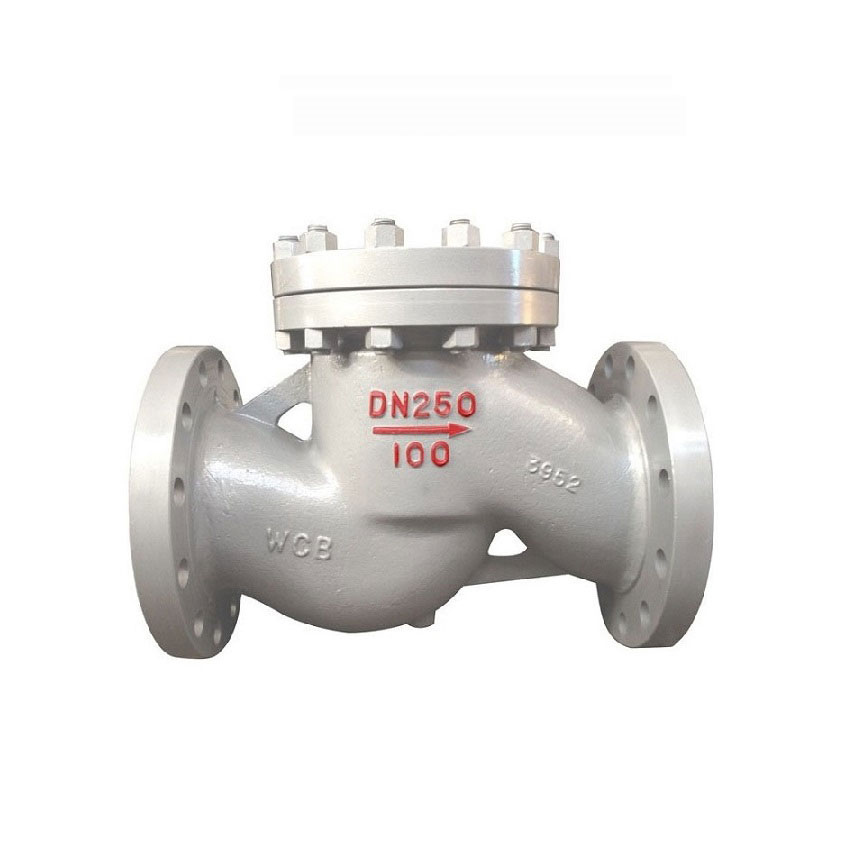Understanding the Role of Pressure Control Valves in Hydraulic Systems
Pressure Control Valve in Hydraulic Systems
Hydraulic systems are crucial in various industrial applications, ranging from construction machinery to automated manufacturing processes. Central to the efficiency and performance of these systems is the pressure control valve, a vital component that ensures system stability and functionality by managing fluid pressure. This article delves into the role and significance of pressure control valves in hydraulic systems, highlighting their types, working principles, applications, and impact on overall system performance.
Understanding Pressure Control Valves
A pressure control valve is designed to regulate the pressure within a hydraulic system. By maintaining the pressure within specific limits, these valves prevent potential damage to equipment, improve system safety, and ensure optimal operation. They achieve this by either restricting or allowing the flow of hydraulic fluid based on the set pressure parameters.
Types of Pressure Control Valves
There are several types of pressure control valves, each serving specific purposes within hydraulic systems
1. Relief Valves These are the most common pressure control valves. They release excess pressure from the system to prevent damage, acting as a safety mechanism. Relief valves are usually set to a predetermined pressure point and will open when this threshold is exceeded.
2. Reducing Valves These valves lower the inlet pressure to a preset level, ensuring that downstream components receive a consistent and lower pressure supply. This is particularly useful in applications where certain components cannot tolerate high pressures.
3. Sequence Valves Sequence valves are designed to ensure that operations occur in a specific order. They allow fluid to flow to a second operation only after the first operation has reached a predefined pressure.
4. Counterbalance Valves These maintain load stability by counteracting the load's weight and ensuring that the system does not change pressure when the load moves.
Working Principle
pressure control valve in hydraulic system

The operation of pressure control valves is generally based on the principle of balancing forces. Most valves have a spring-loaded mechanism that holds a movable element (like a spool or poppet). As the system pressure rises and reaches a set point, the force exerted on the valve element overcomes the spring force, causing the valve to open. This action allows fluid to either escape (in the case of relief valves) or adjust the flow to maintain desired pressure levels.
Applications of Pressure Control Valves
Pressure control valves are utilized across various industries, including
- Manufacturing In hydraulic presses and automated assembly machines, consistent pressure is vital for ensuring quality and efficiency in production processes. - Construction Heavy machinery like excavators and cranes depend on hydraulic systems for operation. Pressure control valves maintain system integrity, particularly under heavy loads.
- Aerospace Critical systems in aircraft hydraulic systems use pressure control valves to ensure safe and reliable performance during operation.
- Automotive Hydraulic braking systems utilize pressure control to enhance safety and responsiveness.
Impact on System Performance
The integration of pressure control valves significantly enhances the operation of hydraulic systems. By maintaining optimal pressure, these valves prevent hydraulic shock, reduce wear on components, and improve operational efficiency. Additionally, they protect against system failures, leading to lower maintenance costs and increased overall system lifespan.
Moreover, the ability to precisely control pressure allows for better energy efficiency and performance tuning, which can result in reduced operational costs and improved productivity.
Conclusion
Pressure control valves are integral to the functionality and safety of hydraulic systems. By effectively managing pressure levels, these valves ensure that hydraulic machinery operates at peak performance, providing reliability across various applications. As industries continue to evolve and demand more efficient solutions, the role of pressure control valves will remain pivotal in the advancement and sustainability of hydraulic technology. Whether in manufacturing, construction, or other sectors, understanding and utilizing these valves is essential for harnessing the full potential of hydraulic systems.
-
The Key to Fluid Control: Exploring the Advantages of Ball Valves in Industrial SystemsNewsJul.09,2025
-
The Versatile World of 1, 2, and 3 Piece Ball ValvesNewsJul.09,2025
-
Stainless Steel Ball Valves: The Ideal Choice for Efficient Flow ControlNewsJul.09,2025
-
Optimizing Fluid Control with Ball Float ValvesNewsJul.09,2025
-
Manual Gate Valves: Essential for Control and EfficiencyNewsJul.09,2025
-
Everything You Need to Know About Butterfly ValvesNewsJul.09,2025
-
The Versatility of Wafer Type Butterfly ValvesNewsJul.08,2025




